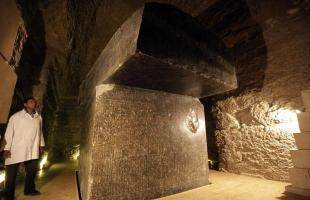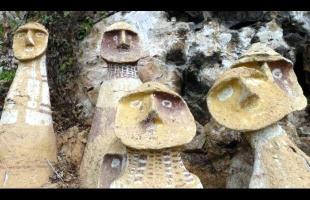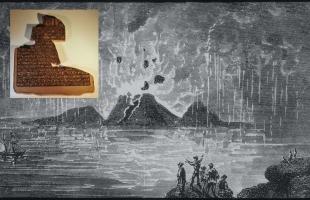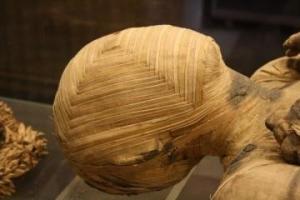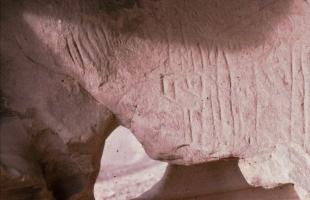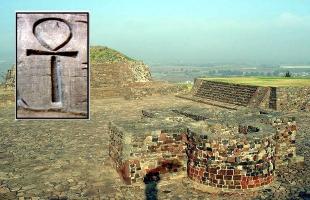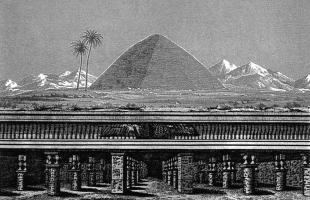The Egyptian sarcophagi
The emergence of the first sarcophagi dates back to the Neolithic period and would develop throughout the millennia-long existence of Egyptian civilization ...
The emergence of the first sarcophagi dates back to the Neolithic period and would develop throughout the millennia-long existence of Egyptian civilization.
The earliest sarcophagi can thus be attributed to the Neolithic period where the corpse was buried in sand wrapped in skins or cloth.
The pits that housed the body were circular or oval in shape as was the shape to the dwellings, and this characteristic would remain constant as burial techniques evolved. Because there was not yet a pattern of organized society, all people enjoyed the same burial technique.
Some significant differences existed between Lower and Upper Egypt: in Lower Egypt the deceased was buried within the village in various positions, while in Upper Egypt burial took place outside of settlements and the body was mostly placed with the head facing south and the face to the west.
Toward the end of the Neolithic, an early form of sarcophagus appeared at Deyr Tasa, consisting of a kind of rectangular "basket" made of sticks and covered with a mat. Inside it lay the corpse, curled up on itself and lying on its side, wrapped in cloth and skins whose head was sometimes laid on a cushion of straw or folded skins.
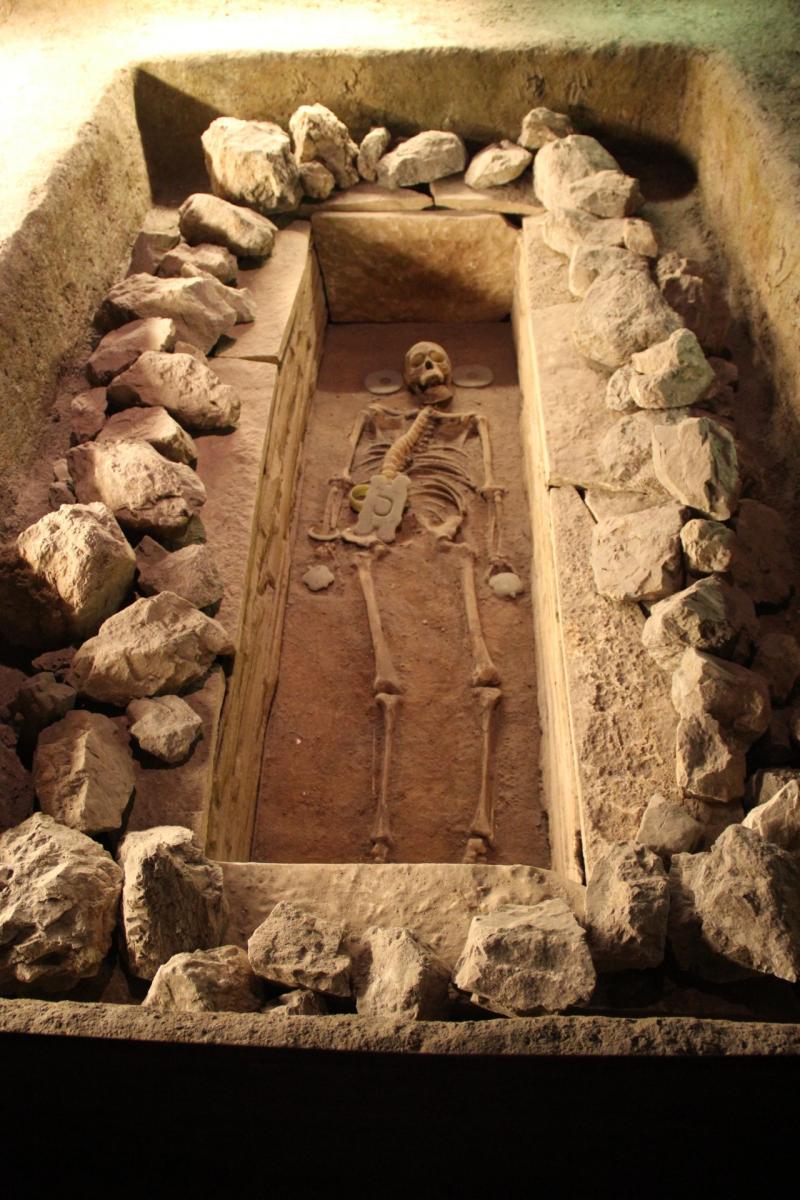
While in the Eneolithic or Bardiana age there is a consolidation of this type of burial, in the period called Naqada I some changes take place.
The transformation of villages into towns and the first forms of social organization among the inhabitants give rise to differences depending on whether they are chiefs or simple inhabitants. To begin with, the shape becomes rectangular following the same development as the shape of the dwellings, and then the burial is made more solidly, that is, it is covered with clay or sun-baked bricks and, later, with wood. If the burial involves a member of the people there are no major artistic advances over the Neolithic tombs, whereas if it involves an important person the tomb evolves in size and beauty.
The earliest examples of sarcophagi are made of clay and wood around 4000 BC. Wooden sarcophagi are rarer because of the scarcity of trees, while those made of clay gradually replace the use of mats and baskets, which, although still in vogue in Protodynastic times, were apparently reserved only for the less affluent.
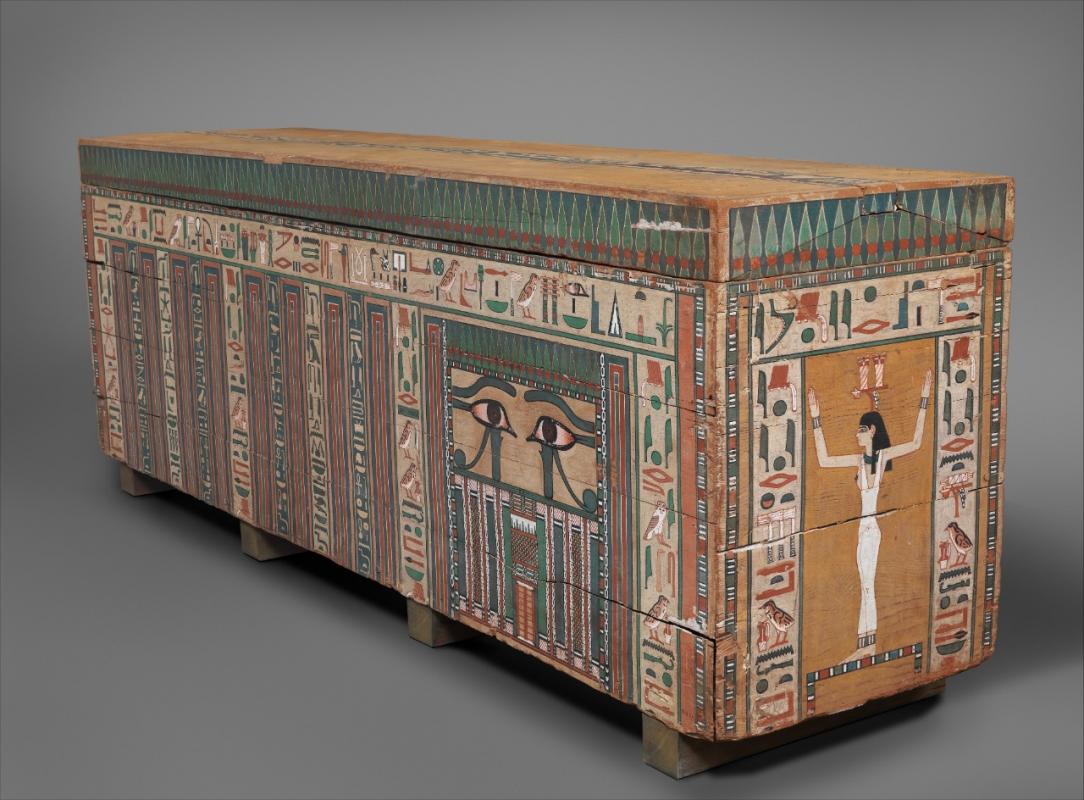
Between the Amrazian (Upper Egyptian) and Gerzean (Lower Egyptian) cultures there are notable differences that suggest an Asian influence in Lower Egypt, probably due to the already intensive trade contacts.
During the first two dynasties no significant progress is reported: the body of the deceased is always buried huddled and positioned mostly lying on the left side with the head to the south and the face to the west.
Only towards the end of the 3rd Dynasty, and more concretely with the 4th Dynasty, does the body assume a defined position within the sarcophagus, namely lying on the left side with the head facing north and the face facing east. Such an arrangement seems to be due to the growing popularity of the sun cult. At this same time the first attempts at mummification began.
The first viscera removal operations are certified in the tomb of Hetepheres I, mother of Cheops, but they seem to have come into use earlier, the preserve only of the royal family. The removal of the viscera originated the lying position of the body and, therefore, the rectangular shape of the sarcophagus although probably it was already practiced during the First Dynasty.
The material from which it is made varies depending on the faculty of the deceased. In the case of the royal family, stone is used, wood and clay are used for people who are otherwise wealthy, while poor people are still buried in baskets.
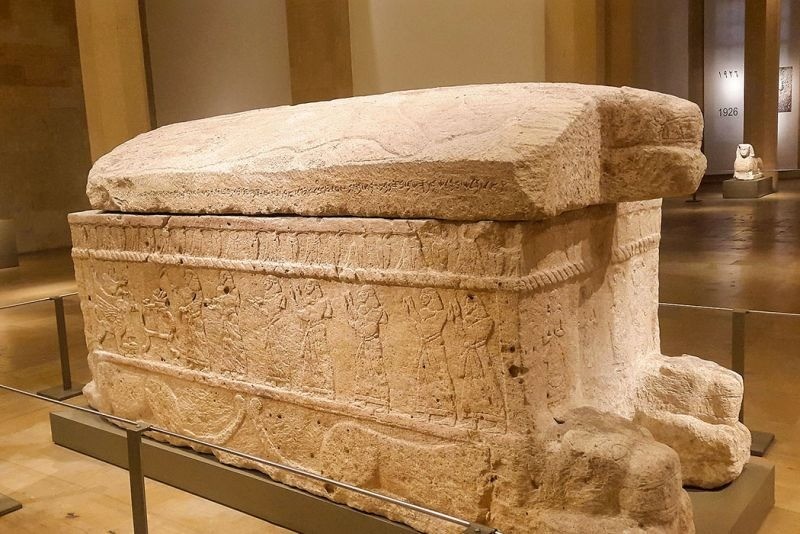
The wood used for sarcophagi is of various kinds: acacia, date palm, sycamore fig, tamarisk, carob, dum palm, persea, jujube and willow. From the regions to the south (Punt) came ebony, which was used for the finest work. From the Syro-Palestinian coast and the Lebanon Mountains were imported the woods of fir, boxwood, cedar, cypress, juniper, elm, pine, oak and yew.
Stone, which probably came into use only from the 3rd Dynasty onward, is differentiated into granite, alabaster, limestone and basalt. Apparently, the pharaohs of the Tinite dynasties were buried in wooden sarcophagi, while the first stone sarcophagus was the one made for Zoser. Stone was worked with saws, drills, hammers and chisels.
From the 4th dynasty onward, sarcophagi are decorated. The earliest inscriptions are dated to the Cheops period, while royal sarcophagi are inscribed only from the 6th dynasty. The inscription of the pharaoh's name is included within other decorations. An exception is provided by the sarcophagus of Dedefra, which has a schematic inscription in the center bearing the pharaoh's name.
Royal sarcophagi retained the rectangular shape until the Middle Kingdom where they were made with anthropoid shapes.
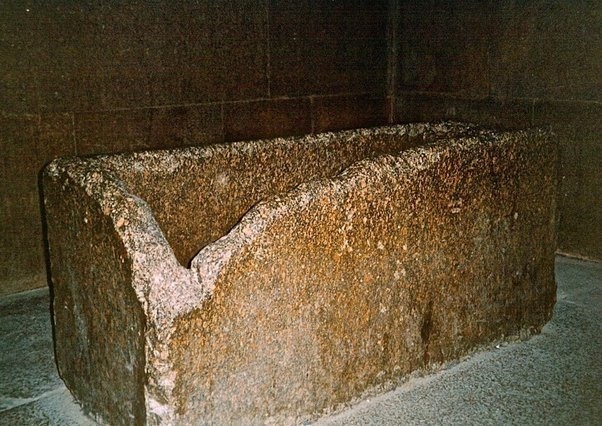
Sarcophagus of Cheops
- material: red granite
- measurements: 2.276*0.978*1.051 (exterior), 1.983*0.681*0.874 (interior), 0.144 (case thickness), 0.175 (bottom thickness)
- Description: smooth rectangular case. Poorly accurate workmanship still showing saw cuts and traces of the tubular drill used to empty the case. Lid is missing. The top edge of the crate has cuts for fitting the lid. There is a large flint pebble under the south side of the sarcophagus.
- state of preservation: poor. The southeast corner has a large fracture reaching up to half the height.










